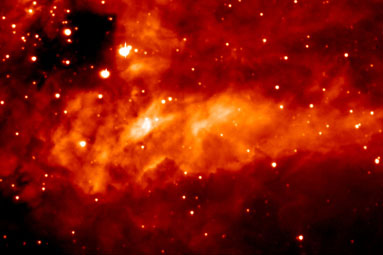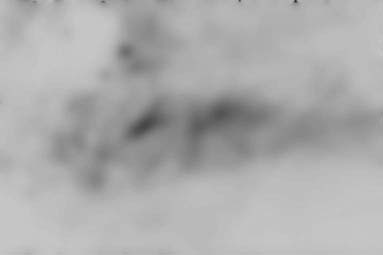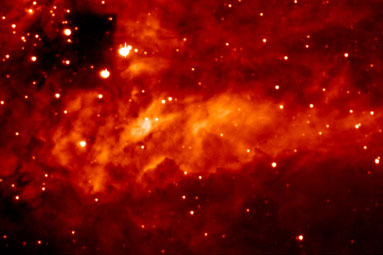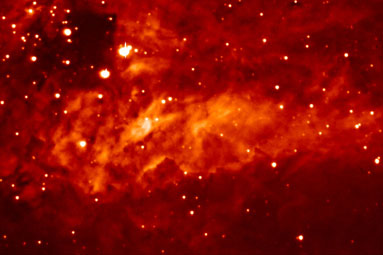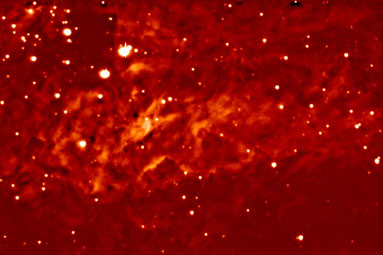The issue of Digital Masking in our
AO images spurred a lot of discussion
in S.A.A.. Rather than dealing with these individually we have chosen to
add this page to our HINTS section.
We discussed Photographic Masking in great detail in AMOACP
and will spend a lot of time on digital masking in our new book. This will
show you a few basic highlights of the process. For those interested in the
historical situation, David Malin adopted and used a process that was
fine tuned to near perfection by Wm C. "Bill" Miller of Hale Observatories.
Bill was a good friend and mentor!
Unsharp Masking allows one to reduce the overall large-scale contrast of an image
while retaining the local contrast of small details within the images. Thus, one
can reduce the brighness range between the bright nucleus of a galaxy and its faint
outer spiral arms while preserving the local contrast showing dark lanes and
bright globules throught the image of the galaxy.
While PhotoShop is great for 'normal' photographs, their masking routines are not well
designed for use with astronomical images ( yet ). While a major improvement in
masking capability occured in the move to PShop 3.0 ( and 4.0 ) this is still
not totally suitable for astronomical images.
WHY DOESN'T THE PHOTOSHOP MASKING TOOL
WORK WELL ON ASTRONOMICAL IMAGES ?
Astronomical images contain stars. The normal blurring of the image to make a good
mask for an astronomical image creates blurred stars. A good mask needs to show
virtually NO residuals of these stars in the field and the perfect mask would
show no sign of the stars. Any residuals traces of stars will produce
characteristic 'black eyes' around stars when the negative mask and the original image
are combined.
MIRA does a good job masking astronomical images. IDL allows one to build a
filter that does an excellent job of removing the residuals from the star images.
In PhotoShop, one can produce a very blurred image by repeated passes of their
Gaussian Blur function and then remove the residuals using the 'Rubber Stamp' tool.
